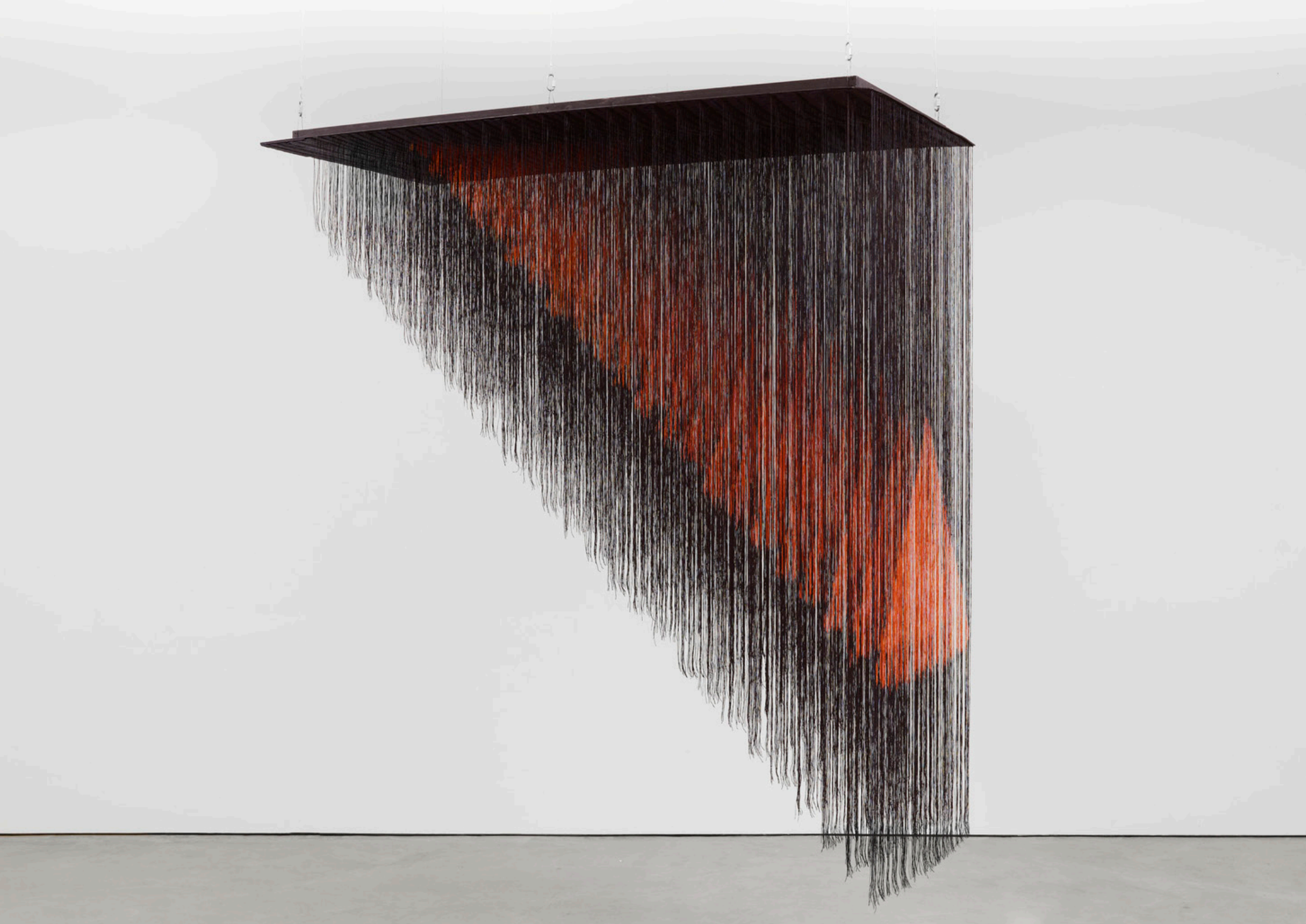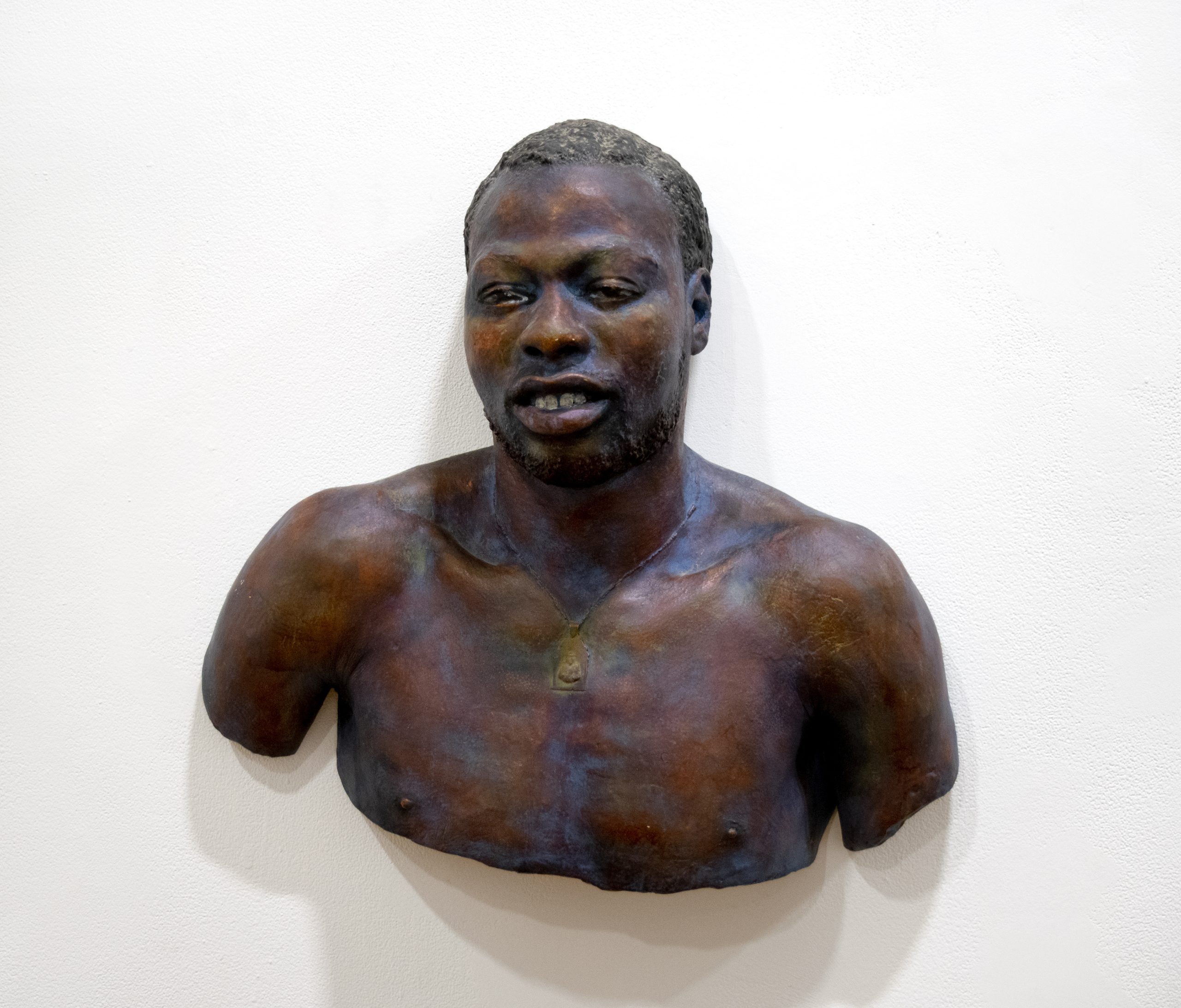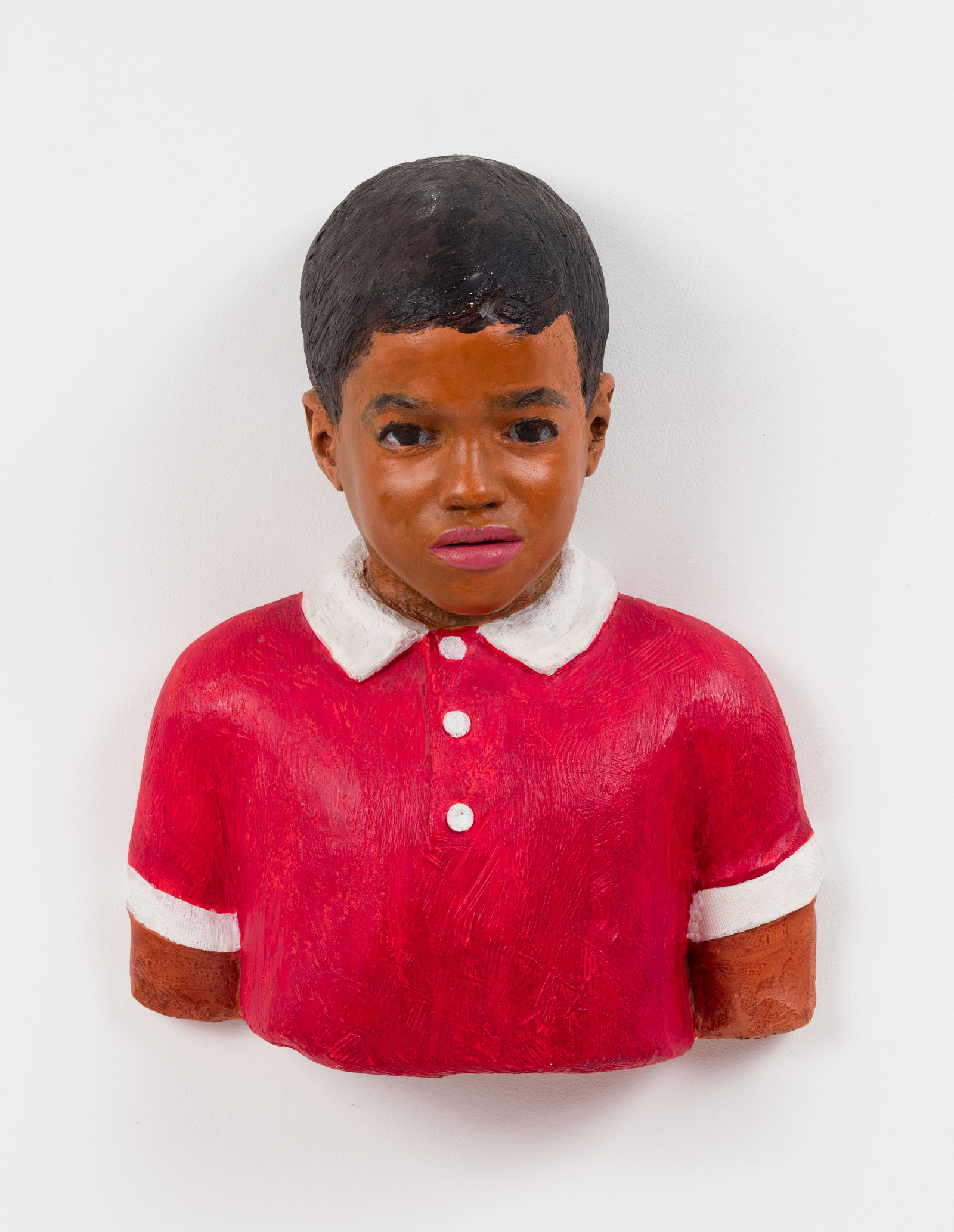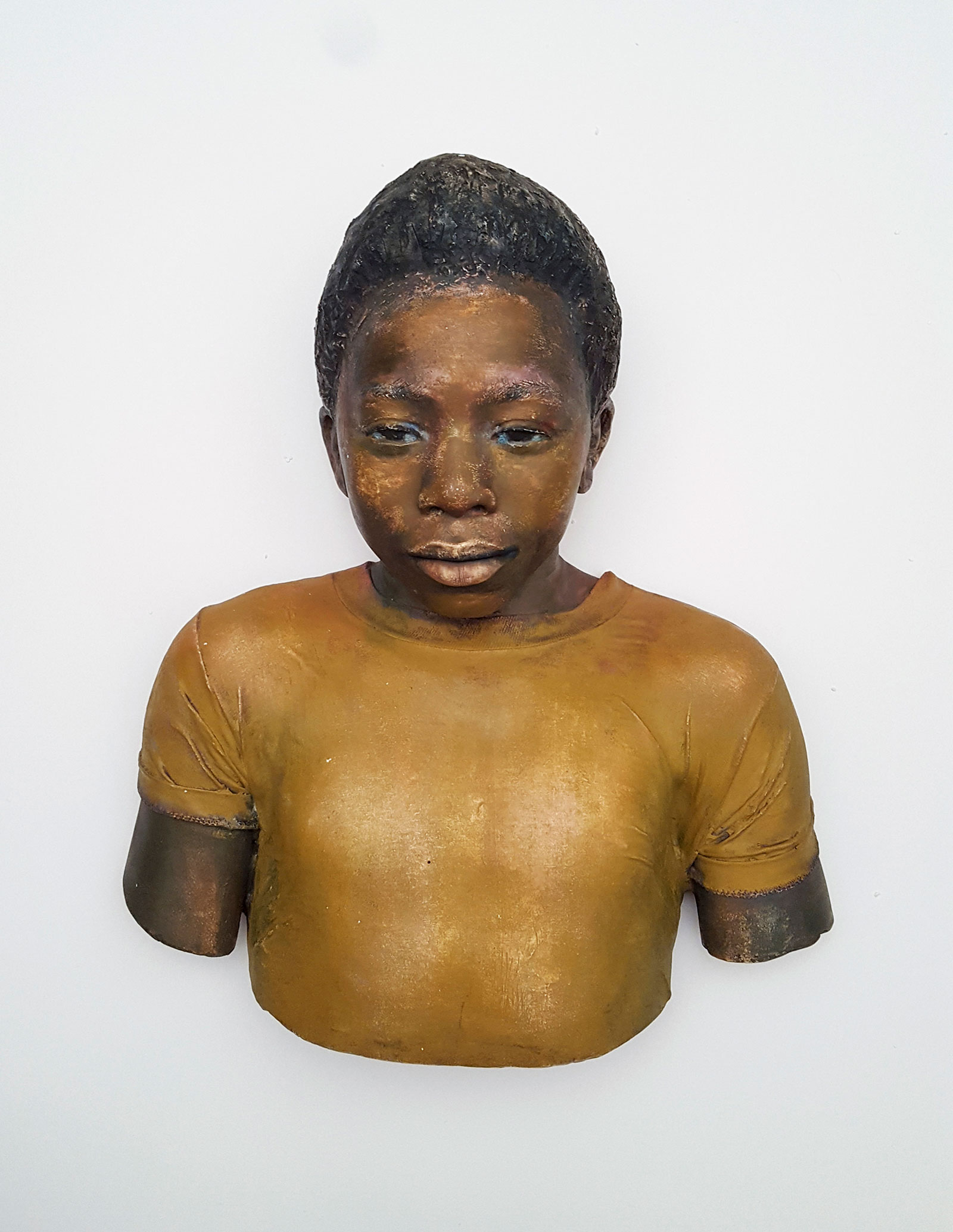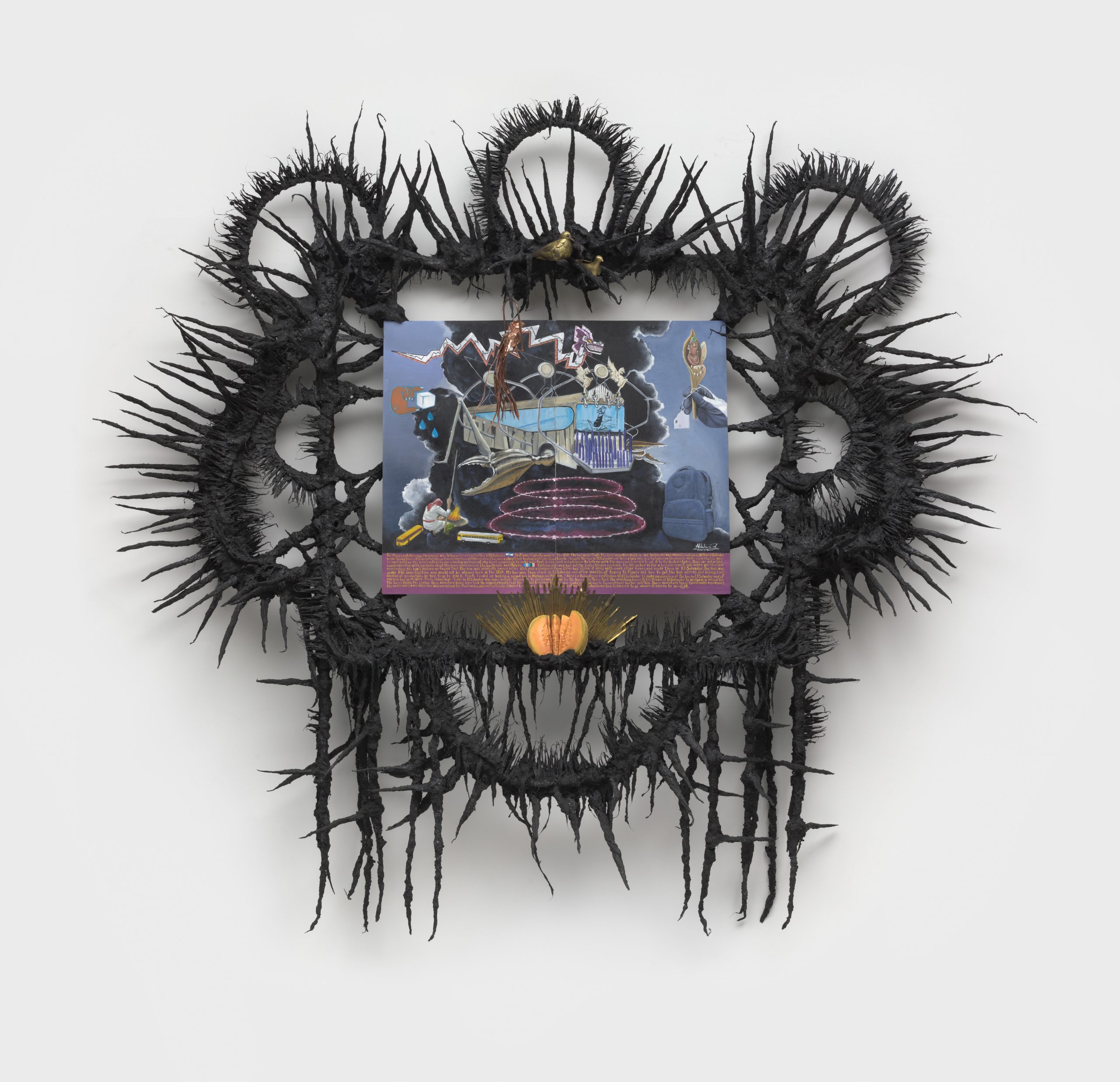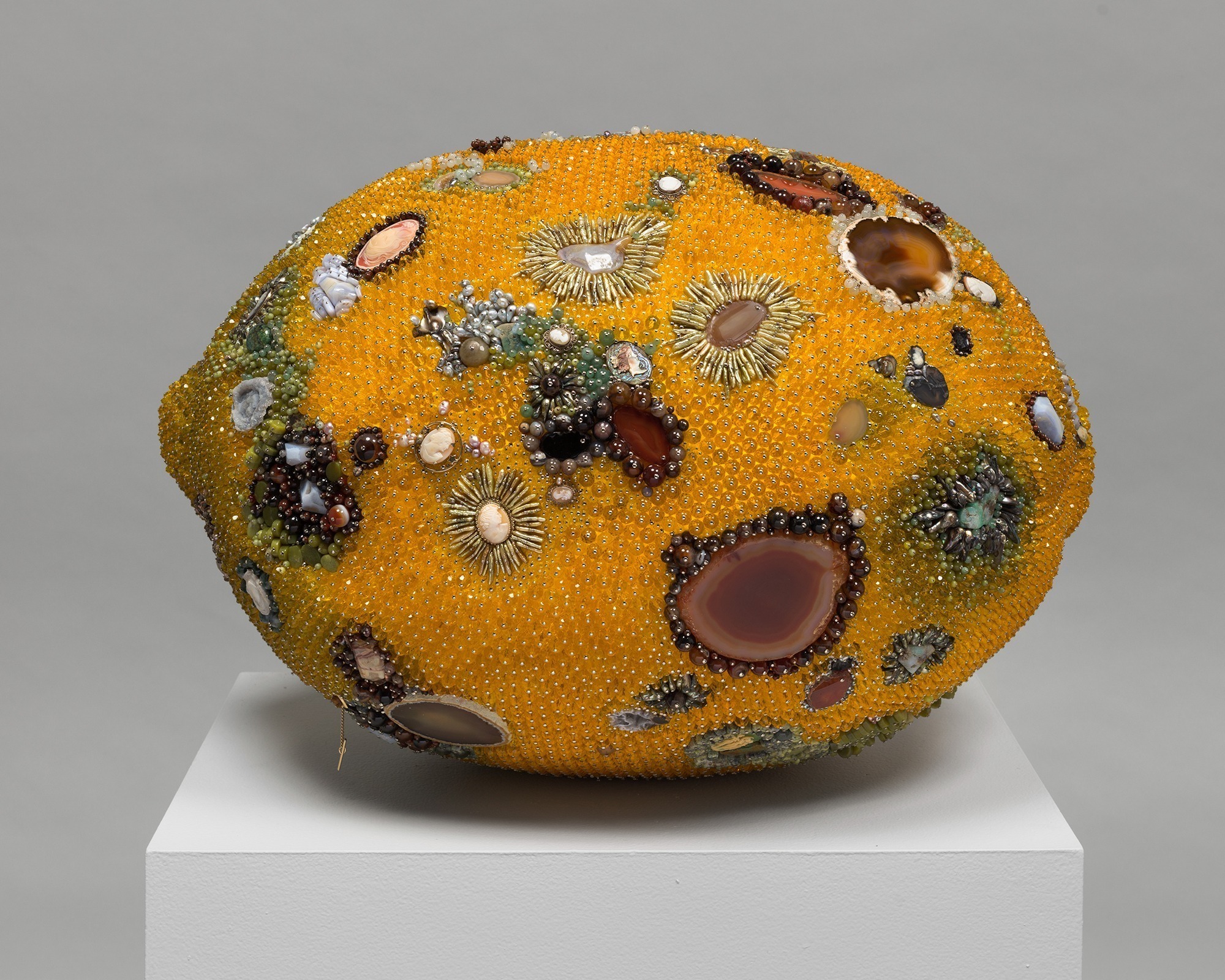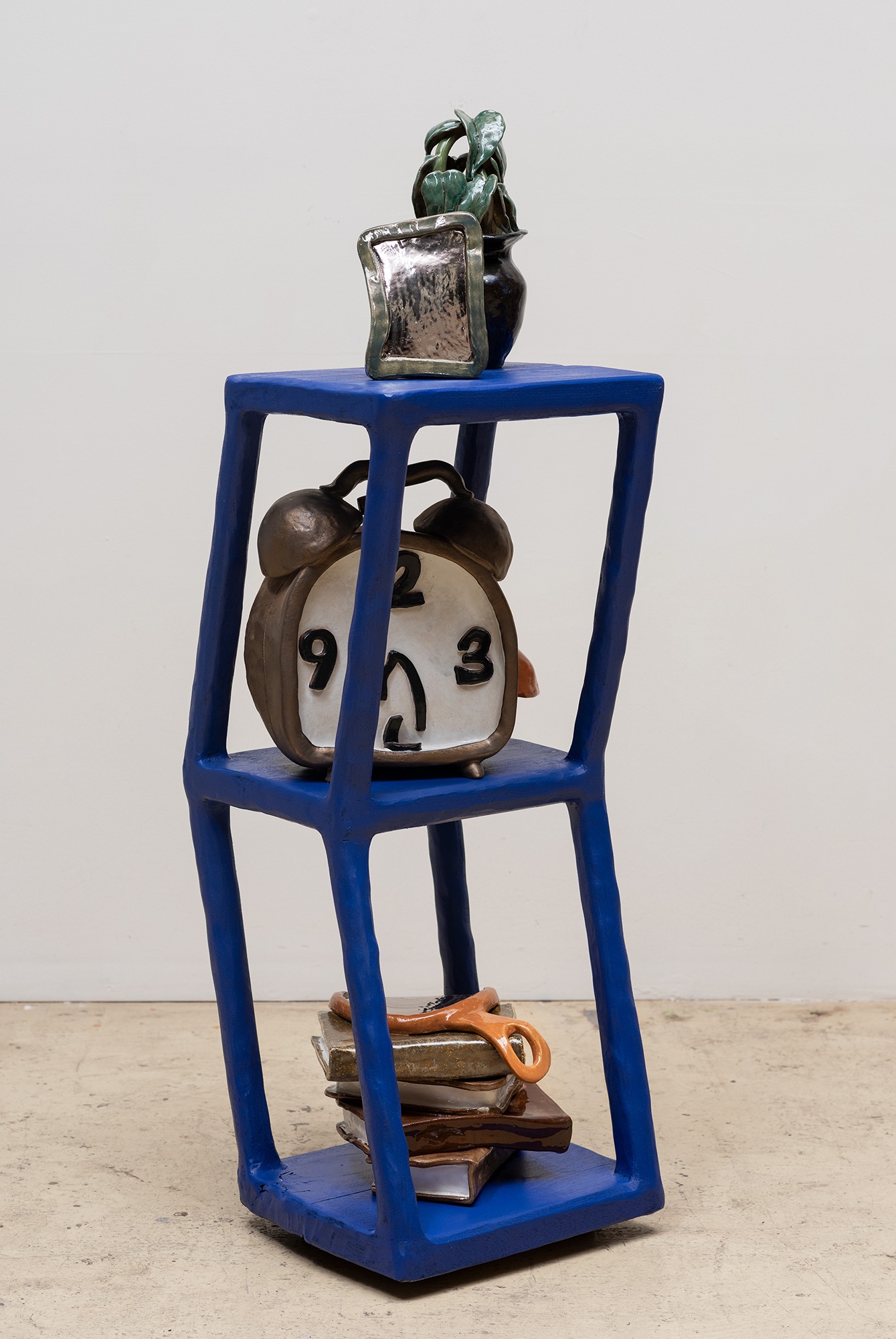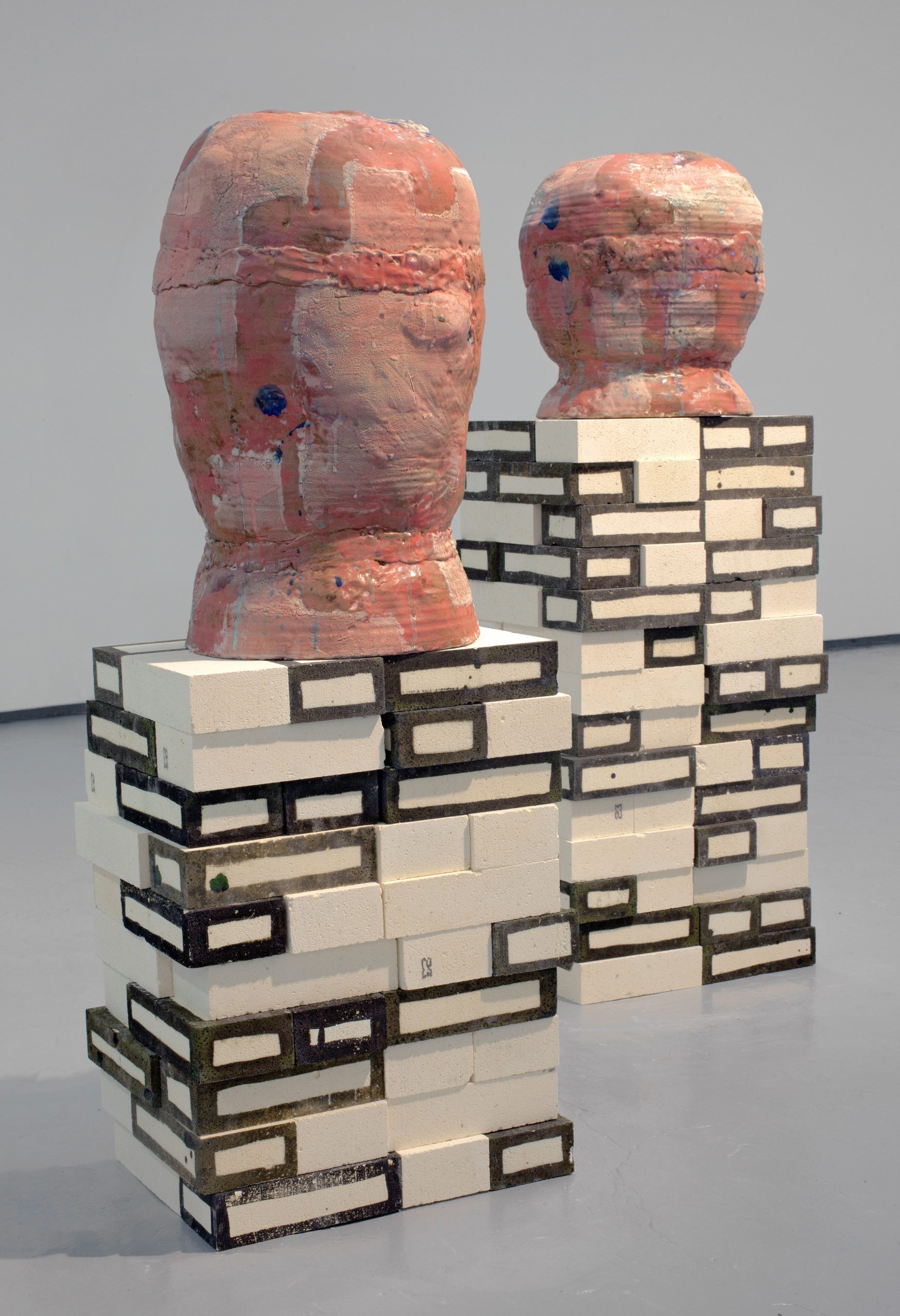Yu-Wen Wu (Born in Taipei, Taiwan) is a Boston-based, Taiwanese-American artist whose work examines issues of displacement, arrival, and assimilation. At the crossroads of art, science, politics, and social issues, her practice includes drawing, sculpture, site-specific video installations, community engaged practices, and public art.
The material conversations within Wu’s practice foreground the artist’s interest in navigating her subjectivity as an immigrant to the United States and a member of the Asian diaspora. Tea, gold, and red thread are significant and recurring forms in her work, operating as cultural and personal touchstones. Intentions (III), which is composed of three strands created for Wu’s presentation in the 2023 James and Audrey Foster Prize, brings together these materials in the form of wrapped, gilded orbs that approximate Wu’s grandmother’s Buddhist prayer beads. “I remember sitting on her lap as a young child and listening to her hushed voice recite prayers and intentions,” shares the artist, who, to make this work, fashioned knotted strands of 108 (referring to the number of prayers within Buddhism) or 88 (being an auspicious number within Chinese culture) orbs in groupings that refer to other numerical systems of value, such as binary code.
Each orb is made of brewed and dried Taiwanese tea, collected by her mother and aunt, and gilded with painted gold—a material notable both for its associations with preciousness and prosperity as well as a specific reference to the history of Chinese immigration to the United States at the height of the Gold Rush. The red thread recalls ideas of bloodlines, community, and family ties across generations, geographies, and lifetimes. “Unlike circular prayer beads,” explains Wu, here the arrangement of the strands “are suspended in space, resting in a spiral, referring to open possibilities and developing intentions.”
